Bosch in Argentina
A century of business built by Bosch

In 1924, Bosch started its own company in Buenos Aires. The history of Bosch in Argentina is long and has not always been easy. But it also reflects a commitment to a promising market — one that has been emphasized time and again.
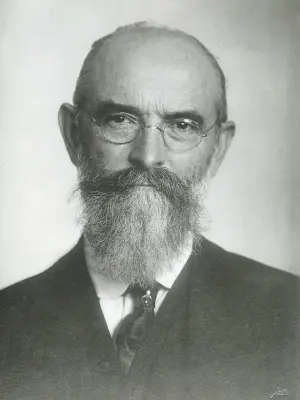
I myself intend to go to Buenos Aires (...) to take a look at the conditions there.
That’s what Robert Bosch wrote to his Swedish friend and business partner Fritz Egnell on February 8, 1921. What attracted the company founder so much to the Argentine capital that he set out on the long journey by ship? The answer can also be found in a letter to Egnell, in which Bosch addresses the economic situation in Germany — one that was still unstable three years after the end of the first world war: “The conditions here are also extremely difficult, and I don’t really know how I’m going to get by if I can’t get money from abroad soon.”
Start in an emerging country

The Latin American market, especially Argentina, seemed promising in this regard. Liberal economic policy and massive immigration had accelerated industrialization in the largely agrarian country and helped Argentina achieve great prosperity in the first few decades of the 20th century. In 1908, Bosch chose a dealer to manage a sales office for its products in Buenos Aires. With a population of more than one million, Buenos Aires was the largest and most important city in Latin America at the time. The car boom, especially in the Argentine capital, made Bosch technology a bestseller.
A business of its own in Buenos Aires
During the first world war, however, supplies from Stuttgart came to a standstill. But the Bosch magneto ignition device remained in high demand, and the prospects after the end of the war were good. Robert Bosch’s trip to South America in 1921 enabled him to gain an idea of the economic opportunities. What he saw convinced him, so he decided to start his own company in Argentina. The company was also supposed to coordinate the sale and installation of his products in Brazil, Chile, and Uruguay. In 1924, the plan was put into action with the founding of Robert Bosch SA in Buenos Aires, which maintained a sales office on Calle Rivadavia. By 1925, the city already had a population of three million people and 80,000 cars, making it an important sales market. There was plenty of competition, but Bosch’s quality was compelling. A local associate reported that drivers in Buenos Aires, when asked about the products from Stuttgart, would enthusiastically exclaim: ¡No hay como Bosch! — “There’s nothing like Bosch!”
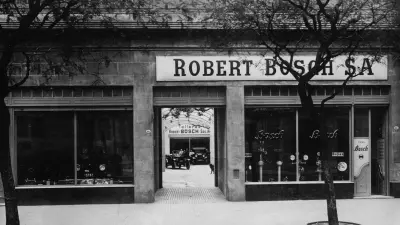
Ups and downs
Business was so good that Bosch moved into a new, larger location on Riobamba in the early 1930s. With 25 associates, the site also assembled certain products. The company even considered manufacturing entire products under license in Argentina. But the second world war put a damper on those plans. What followed was a period of political and economic uncertainty. At the end of the war, Robert Bosch SA was expropriated, along with the rights to the brand name. Given its long and successful history, though, Bosch did not want to give up on the Argentine market. In 1956, it founded the sales company Aparatos y Accessorios SRL (APAC) in Buenos Aires. Just two years later, Bosch regained its rights to the brand name in Argentina. In the early 1960s, APAC was renamed Robert Bosch Argentina SRL.
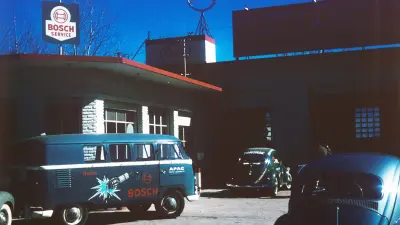
Production begins
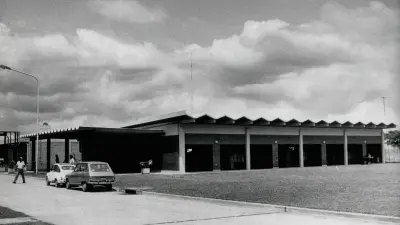
In 1967, the company returned to its previous plans and started manufacturing spark plugs and glow plugs on a small scale in Buenos Aires. In 1969, Bosch decided to build a new plant for the production of automotive equipment in northern Argentina. When the facilities were opened in the province of Tucumán in 1973, Bosch transferred production there from Buenos Aires and also began assembling in-line pumps for the Argentine market. In 1982, Robert Bosch Argentina S. A. relocated its sales activities to Av. Córdoba 5160 in Buenos Aires.
In the years that followed, Argentina found itself in an almost constant state of political and economic flux. Stable business development was also all but impossible for Bosch for a long time. As a result, the company was forced to restructure its Argentine operations and close the plant in Tucumán in 1988. In 1995, the joint venture founded by Robert Bosch Industrial SA and Argelite SAIC to manufacture automotive technology in Argentina and Uruguay opened its doors in San Martín (Buenos Aires). Bosch later acquired 100 percent of the shares, which enabled the division to expand. In 2009, however, the factory was sold.
Commitment to the country
In 2016, Bosch began developing the intelligent plant system IPS. Automated, data-based seeding helps farmers achieve higher crop yields. Bosch in Argentina quickly recognized the potential of the country’s huge tracts of arable land. Today, the company has planted more than two million hectares with this solution and is pressing ahead with its efforts to enter new markets.

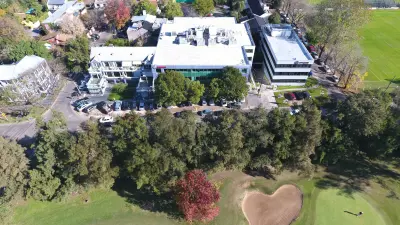
Bosch Argentina is currently headquartered in San Isidro, where it also has a training center that offers training and continuing education in automotive technology for professionals, mechanics, and students. Bosch Rexroth SAIC is based in Carapachay. In addition, Bosch operates the largest network of independent workshops in the country, with more than 300 specialized Bosch Car Service garages.
“We are proud to be part of Bosch’s history in Argentina.”
"It's been 100 years of commitment, innovation and excellence," continues the head of Bosch in Argentina. “We have experienced countless successes and many difficulties. But we are driven by a passion to continue growing, and we are shaped by the pursuit of greatness. Looking to the future, we reaffirm our commitment to continue engineering innovation for the lives of Argentines and driving the growth of our national industry.”
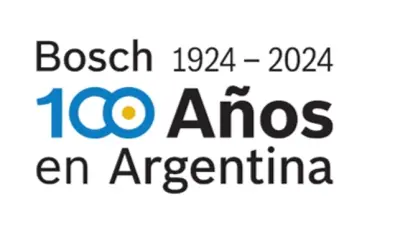
Author: Christine Siegel



